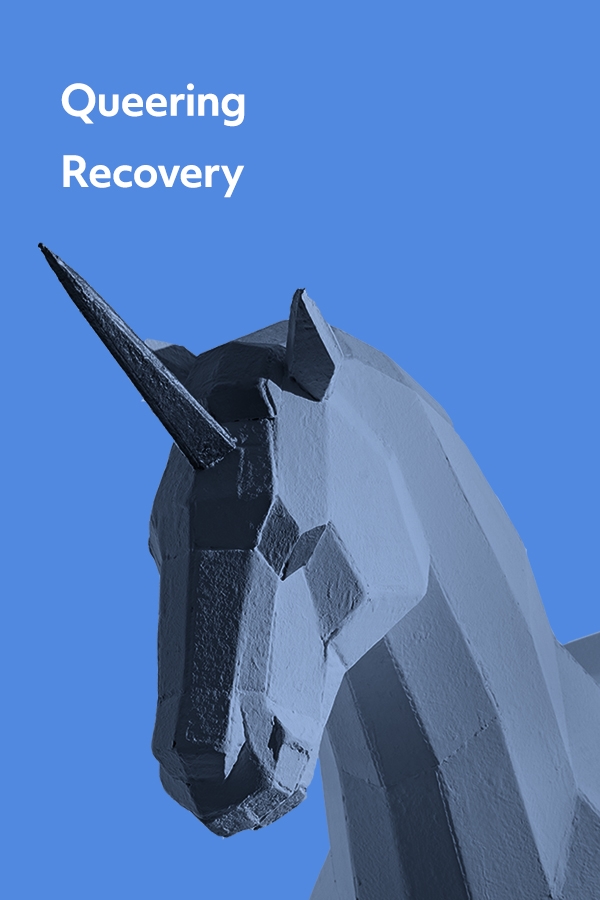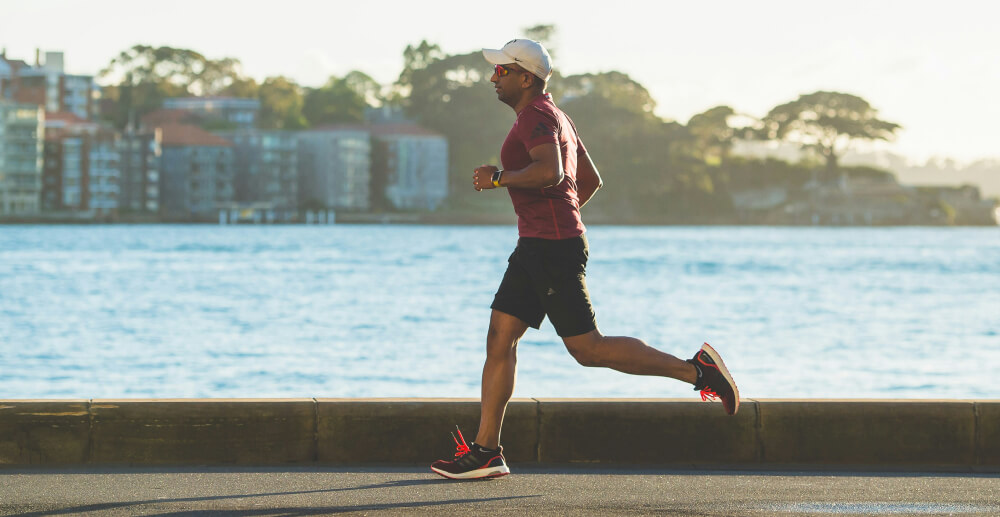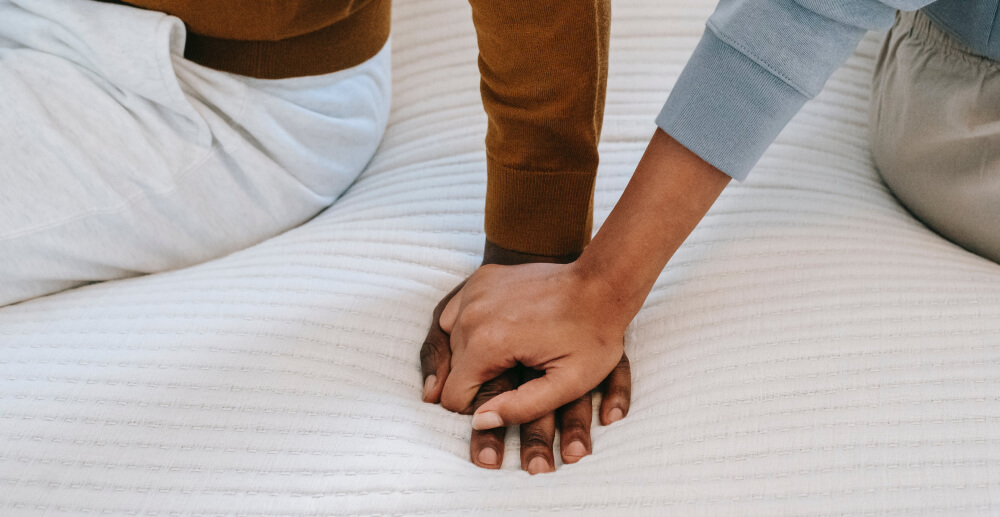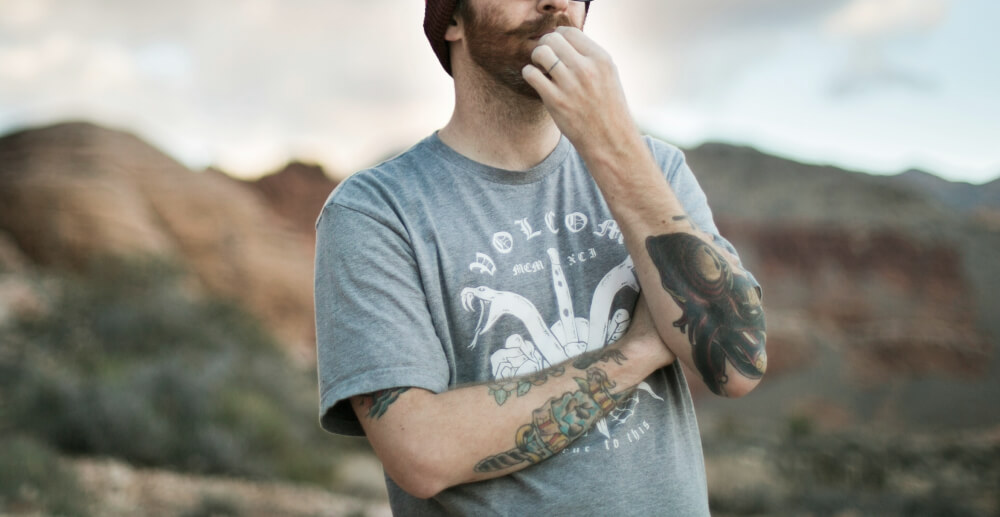It’s time to open our minds to recovery options beyond the traditional 12 steps and rehab!
Usually when people think about recovery, they think about AA and a 12-step program—probably because AA has been the dominant paradigm of recovery over the past century. While we now know that there are various ways to recover today, from innovative digital programs to other non-12-step mutual-aid meetings, there’s still a strong perception that recovery means church basements, black coffee, and telling sad stories. But that’s not the case for everyone. As the recovery movement gains increased presence we are seeing greater numbers of people queering recovery.
What does queering recovery mean?
Queering recovery, means (much like the queer experience) to think, act, and challenge outside of the dominant norm(s). If you recall, the Stonewall Uprising in 1969 was exactly that: queer and trans activists sought to liberate gay rights and reject the heteronormativity that excluded gays and lesbians. The gay liberation movement queered what we know about relationships, love, and civil rights.
In our interview with Shauntelle Hammonds about the meaning behind Pride, she explained that Pride started as a push back because of police brutality. “It started as a fight for equal rights and justice … Pride was a riot started to advocate for our rights and to stop dealing with police brutality against the LGBTQ folx. It was started and led by Black and Brown trans and queer fellows.”
We can apply that pushback, that challenge of norms, to recovery, too. We are beginning to see LGBTQIA people standing up and queering recovery.
David Oscar Harvey, LCSW explains queering recovery, in its broadest sense, means to challenge and think outside classical paradigms of sex, sexuality, kinship, gender roles and gender identity. “The legacy of ‘queering’ allows us to re-imagine paradigms more broadly, beyond sexuality and gender.”
For Harvey, “queering recovery means exploding norms of what recovery looks like.”
How does queering recovery look?
Queering recovery looks expansive: It looks like broadening our conceptions of what recovery is, what our recovery goals look like, and how we can make recovery spaces to be more inclusive for LGBTQIA+ folx, centering their experiences over the dominant norms of white cis-gendered men being put first.
Queering recovery goals
“Recovery itself can look very differently for different people,” Harvey contends. “There are infinite means of recovery.” That could mean choosing a recovery goal that abstains from a substance you had a problem with, but moderately consuming other substances like alcohol or marijuana. Harvey says that recovery needn’t, and often doesn’t mean total abstention from all ‘mind altering substances.’ This is something that works for many others, including himself. He says, “I’m in non-abstinent recovery, and that may seem ‘queer’ to folks, but it works for me!”
Queering modalities of recovery
There are an ever-expanding list of recovery options available from digital recovery and online programs, to queer-inclusive mutual-aid meetings (even including AA!). They include:
- Gay & Sober
- Gay and Lesbians in AA
- LGBTQIA+ Queer Sangha
- LGBTQ Psychotherapists of Color
- QTPOC Mental Health
- QTIBIPOC Healing Space
- National Queer and Trans Therapists of Color Network
Queering our support of LGBTQIA+ folx in recovery
The unfortunate reality is that marginalization and oppression of LGBTQIA+ folx is experienced in recovery spaces too. This happens when we don’t center the most marginalized voices, instead choosing to center white heterosexist cis-gendered experiences. We also harm LGBTQIA folx, especially BIPOC LGBTQIA+ individuals, when we call things like racism, gender neutral language, and heteronormativity as “outside issues.”
In her article, Men Stick with the Men, Women Stick with Women, Brooke Feldman, MSW, talks about those dangerous and exclusive norms. “While for many folks, the idea of suggesting that “men stick with the men and women stick with the women” seems to be sound advice, this suggestion totally discounts the reality of gender identity being far more than a binary of male or female. It also ignores the fact that sexual orientation actually exists on a vast and fluid spectrum that includes so much more than just a firm heterosexual.”
So how do we queer recovery to be more inclusive? Shauntelle Hammonds explained in her recent interview there are a number of things we can do to be more inclusive in the recovery community:
- Highlight the Black and Brown folx who are out here doing this work
- Prioritize social justice
- Advocate for the LGBTQIA community
- Talk about the folx in this community who are marginalized the most and who need support. Focus on their needs
- Talk about the racism in our own community and the transphobia in the LGBTQ community. We need to talk about the stuff that’s not happening, what these communities need, and how we can support them
- Stop big corporations from coming into this space and taking over. Instead, highlight local communities and center their organizations
- Donate money and funding into organizations that support marginalized communities: organizations are Black- and Brown-led and -run, organizations that are trans-run, and organizations that provide support to these communities. Spend some of your wealth on these local, small organizations that are out there fighting and doing the work for us every day










